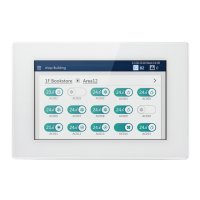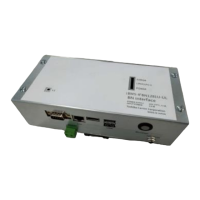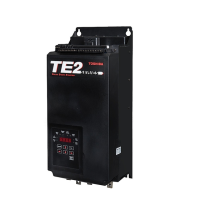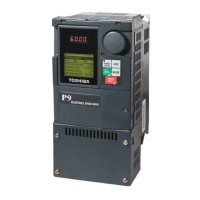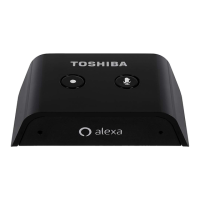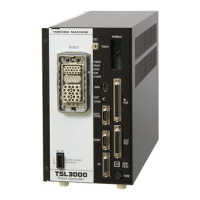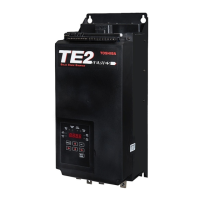Do you have a question about the Toshiba BMS-CT5121E and is the answer not in the manual?
Overview of real-time monitoring and control of air conditioning units.
How to set up automated operating schedules for air conditioners.
Managing power distribution to air conditioners, including billing.
Viewing current and past system alarms and error messages.
Details the interface for monitoring and adjusting air conditioner operations.
Displays the status of selected air conditioners and their current settings.
Explains the meaning and types of icons used on the system interface.
Navigating through different hierarchical levels (floor, tenant, area, unit) of the system interface.
Modifying settings for air conditioners, including individual and batch operations.
Setting up and managing operational schedules for air conditioners.
Configuring schedules for billing purposes, including working and non-working hours.
Managing schedules for the outdoor unit's demand function based on peak hours.
Accessing and viewing current and historical alarm information.
Viewing air conditioner status and schedule information in a list format.
Monitoring the status of multiple air conditioners on a single screen.
Visualizing air conditioner placement on a custom layout diagram.
Adjusting the primary hierarchical level displayed on the screen.
Changing how unit names are displayed on the screen.
Accessing various system settings and optional functions.
Viewing performance graphs for indoor units.
Viewing power consumption data in graphical format.
Steps for accessing and exiting the system remotely using a computer.
Viewing the status of air conditioners and navigating between them on the computer interface.
Explains how numbers are entered for settings like temperature and schedule times.
Details on the appearance of schedule setting screens and how to change them.
How to change the primary hierarchical level displayed on the screen.
Overview of the Option screen and its various dialog boxes for different functions.
Using software to create reports from monthly and power distribution data.
Solutions for common operational problems encountered with the system.
| Brand | Toshiba |
|---|---|
| Model | BMS-CT5121E |
| Category | Controller |
| Language | English |
